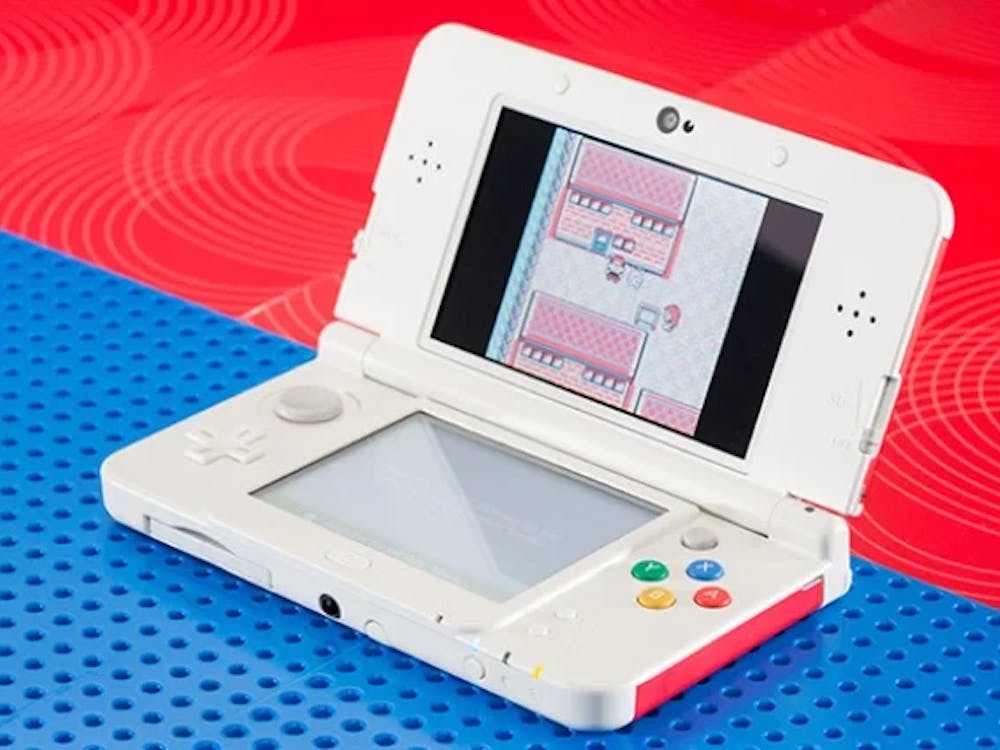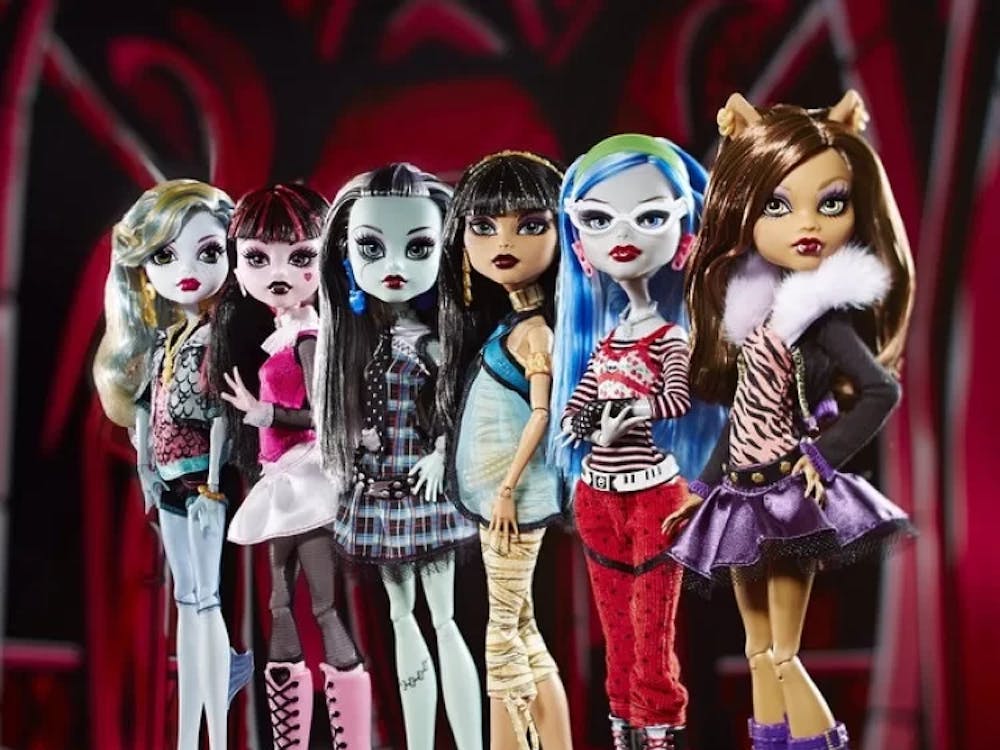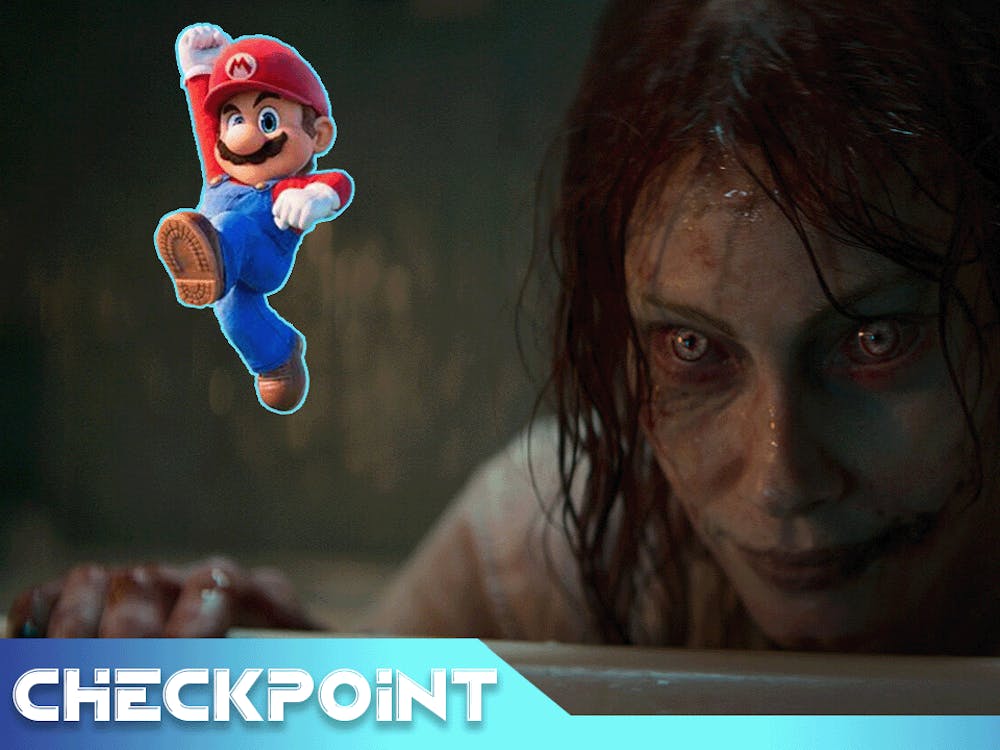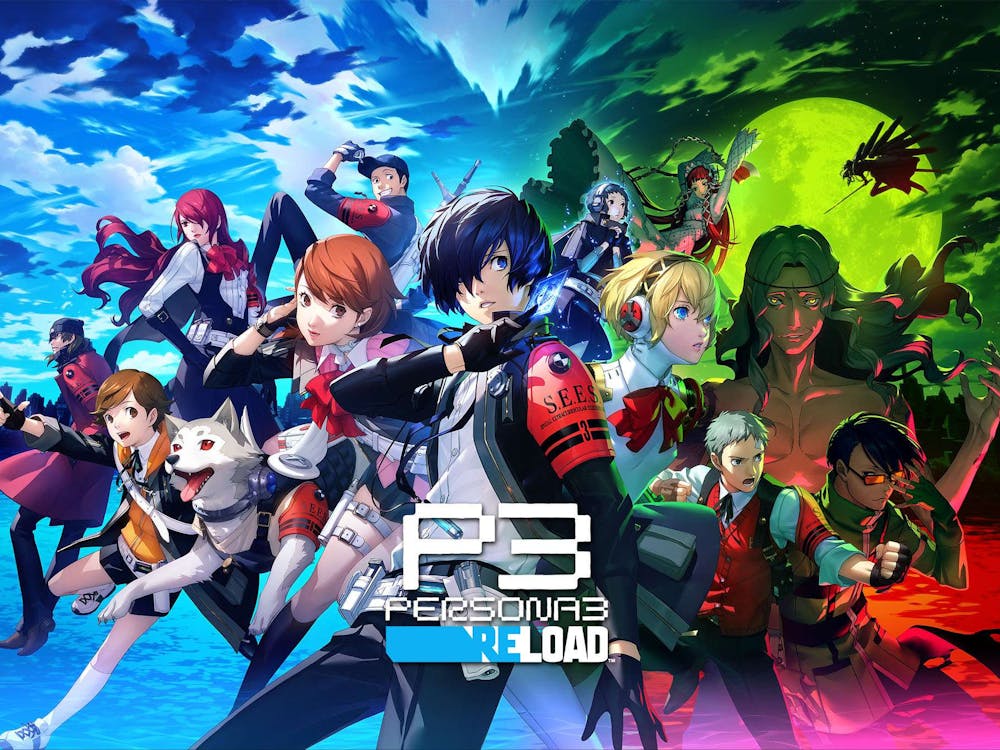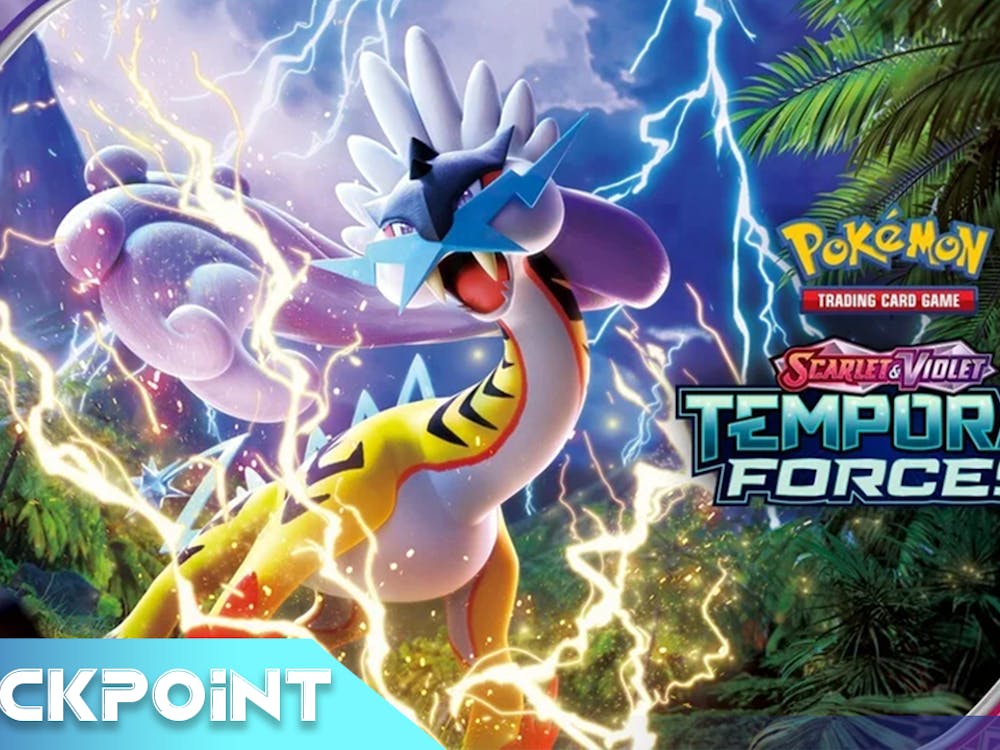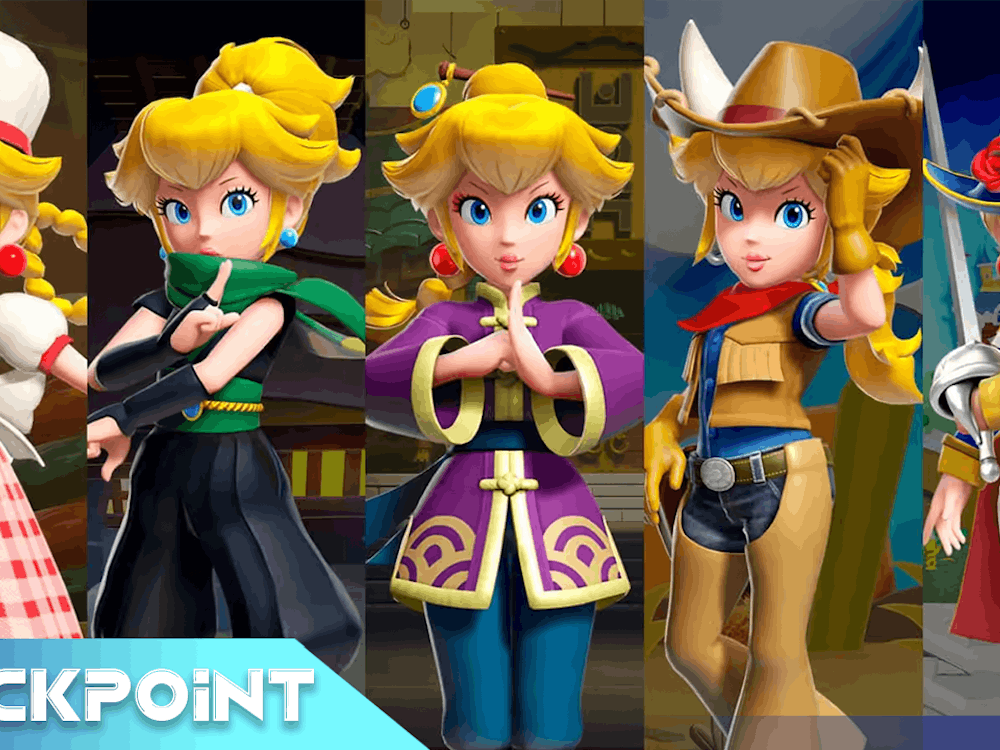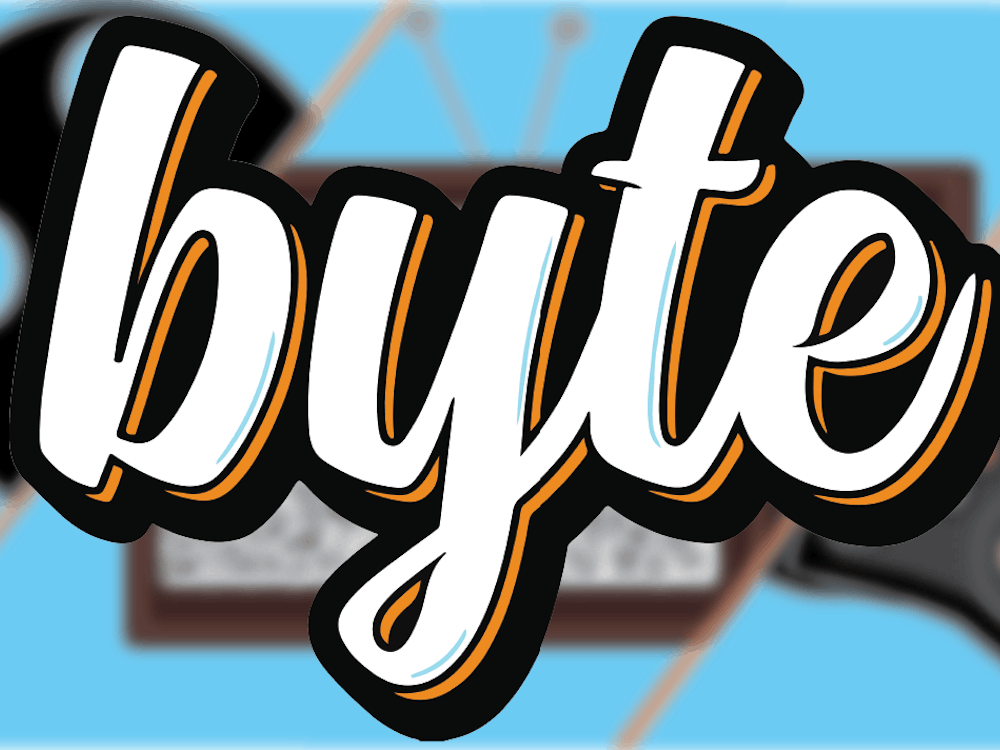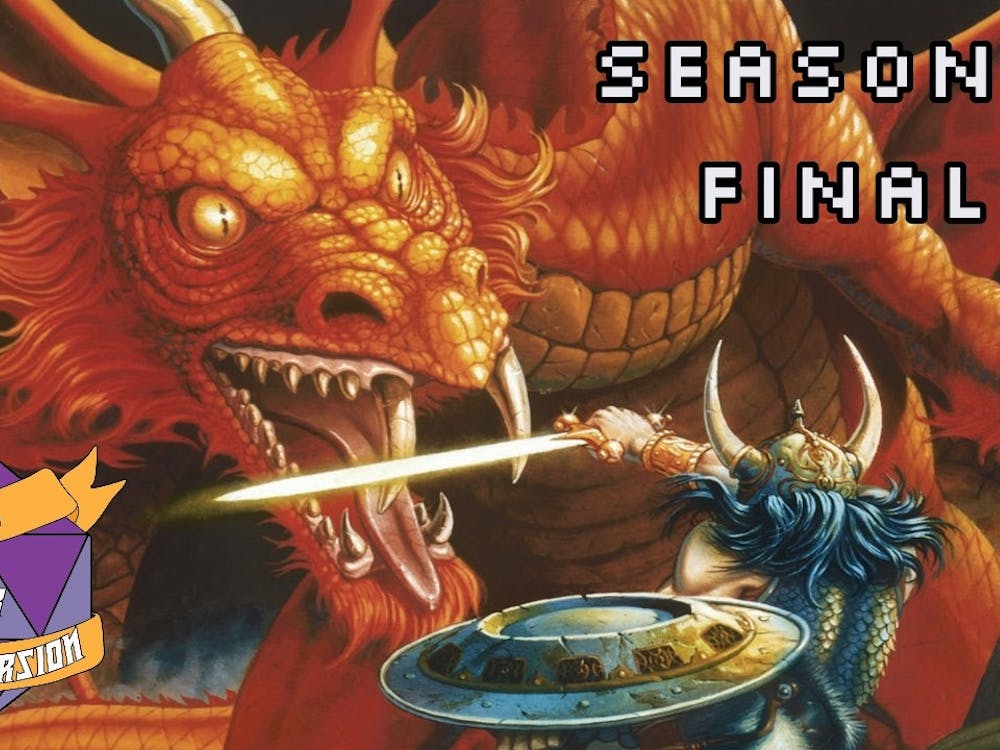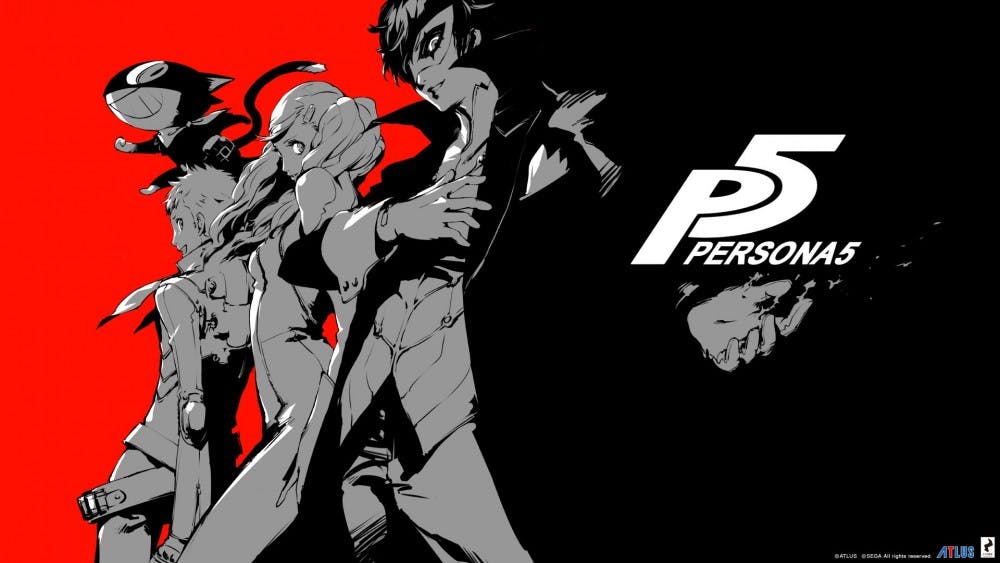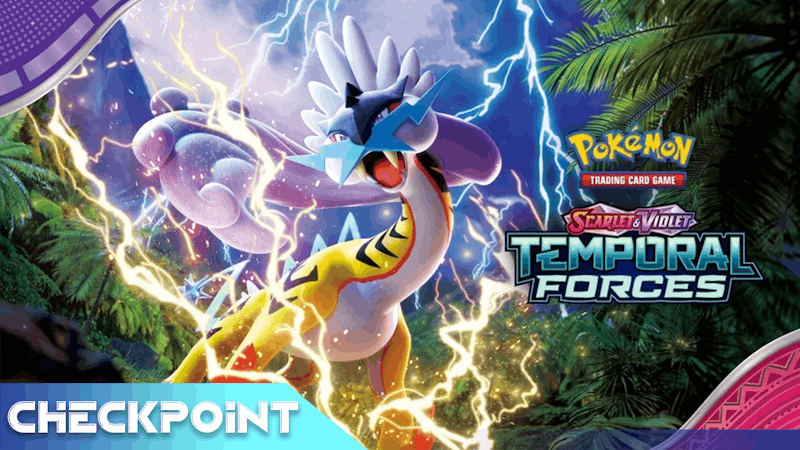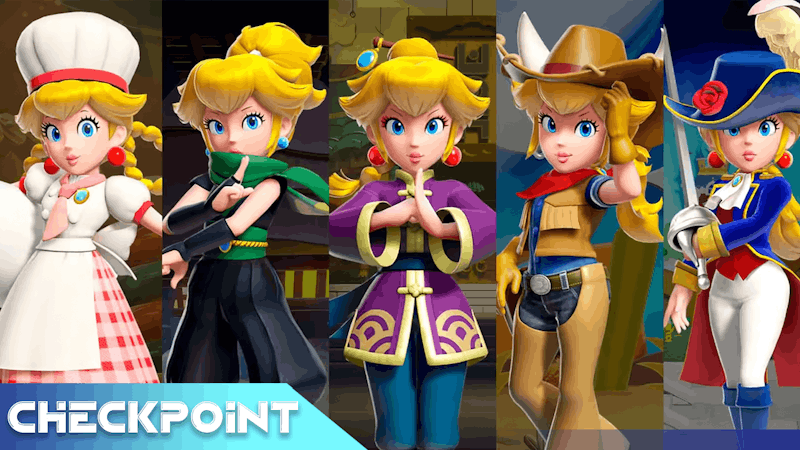This review is based on the Playstation 4 version of Persona 5.
Persona 5 finally brings the dungeon crawler/social simulation franchise to the latest generation of consoles after a long absence, with the previous mainline entry originally debuting on the Playstation 2. After a number of delays (the game was originally supposed to come out in winter of 2014) Persona 5 is finally here. Was it worth the wait? Yes. Yes, it was. Persona 5 offers an expansive and enthralling JRPG experience that is hard to put down.
Visuals
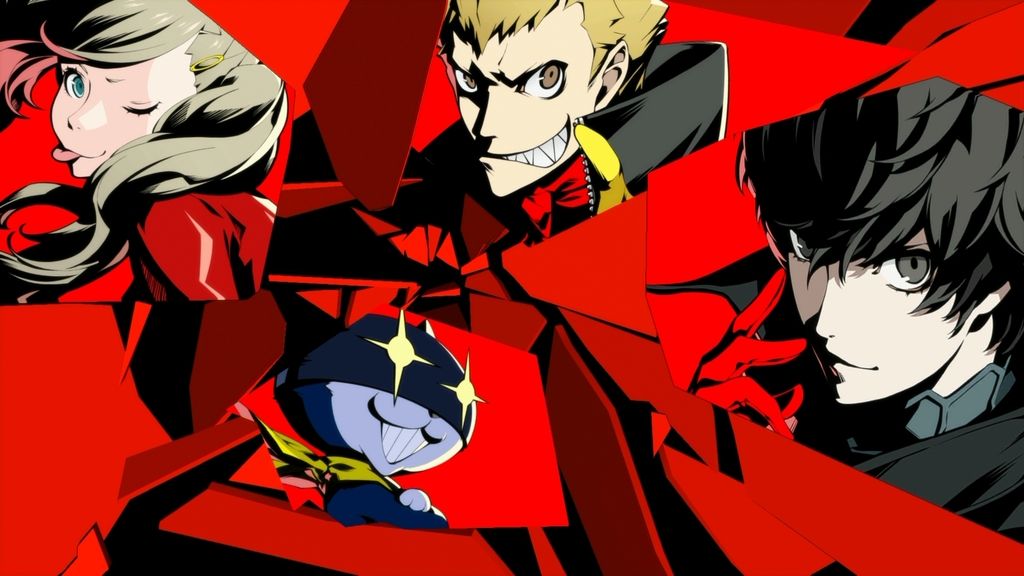
One of Persona 5’s greatest strengths is in its visual presentation. The game is filled with a number of small visual flourishes that liven up the gameplay experience. Silhouettes of the game’s protagonist adorn the game’s menus, and they animate as you navigate through them. Skipping a cutscene literally crumples up the picture and throws it away. Little touches like these, combined with the game’s detailed, anime-inspired visuals and gorgeous animated cinematics, create a striking visual style that continues to impress even after 90 hours.
Story

The narrative of Persona 5 starts players off in the thick of things, having them navigate through a casino in a daring heist that eventually goes awry. This bombastic introduction, while entertaining, is a bit misleading, as the story jumps back in time and the frenetic pace of the prologue gives way to a much slower burn. Players take on the role of a (mostly) silent protagonist, a typical Japanese high schooler who, shortly after being put on probation and moving to Tokyo, learns about a mysterious alternate dimension called the Metaverse, where the twisted desires of certain corrupt individuals manifest as treasures in grandiose Palaces. After awakening to powers that allow him to enact change within this alternate world, he and others like him come together to form a group called the Phantom Thieves, vigilantes who steal the treasures in these Palaces in order to make these individuals confess their crimes and halt their despicable actions. Though it deals with a supernatural premise, Persona 5 is not afraid to confront mature topics such as suicide, sexual assault, and more, and it does so in a surprisingly nuanced way. The game takes time to explore its twisted villains, be it an abusive teacher or an artist who profits off his pupils’ work. There’s also an interesting moral question at the core of the narrative. The question of whether the Phantom Thieves’ particular brand of vigilante justice is truly just or not is a question that the game explores throughout the story. The narrative is consistently engaging, though the finale feels a bit bloated as the game’s plot enters its final act.
Gameplay

Persona 5 may a story-driven game first and foremost, but thankfully the gameplay doesn’t take a backseat to the narrative. It features a deep turn-based combat system with plenty of elements to juggle. Navigating through a Palace is a pretty straightforward affair. Players fight enemies, solve puzzles, and eventually make their way to a boss, which usually has an interesting gimmick to overcome in order to secure victory. After the Palace is cleared, it disappears, and the search begins for the Phantom Thieves’ next target. Combat itself is a speedy, slick affair, with each action being mapped to a specific button on the controller. Battles in Persona 5 revolve around exploiting enemy weaknesses in order to knock them down and put them in a vulnerable state. This is done via elemental attacks, and the game features a host of different elements, such as fire, ice, electricity, bless, curse attacks, and more. Once all enemies are knocked down, players brandish guns in order to hold up the enemies. From there, players have a few different options on how the rest of the fight proceeds. They can choose to extort items and money from the enemy, or unleash a devastatingly powerful (and flashy) All Out Attack. Another option is negotiating with the enemy for a chance to unlock a new Persona. These creatures determine what skills the players are able to use, and there are over a hundred to collect within the game. While other part members are able to use one Persona, the protagonist is able to switch between a number of them on the fly in order to adapt to enemies’ strengths and weaknesses. Players can even fuse together multiple Personas to create even more powerful ones, leading to a wealth of strategic decisions.

The dungeon gameplay is only half of the game, though. The other half of the game is a surprisingly deep and rewarding social simulator. Players don’t just have to worry about overcoming the dangers of the Palaces. They also have to maintain their social and school lives, as well. Persona 5, at its heart, is about managing one’s time wisely. The game is broken up into in-game days, which are split up into different sections. Players must first attend school, where most of the story content unfolds, and occasionally answer a quiz question or take exams. After school, players are free to spend their time however they want. They can either go into the current Palace, explore the extensive, procedurally-generated dungeon of Mementos, or engage in a number of activities around Tokyo. The wealth of options for how to spend your time in Persona 5 is staggering. You can work a part-time job in order to get extra money to outfit your party, spend time with friends and party members to gain a host of useful abilities in the game’s many dungeons, or participate in activities that will increase one of your social stats, allowing you to unlock even more options within the game. Everything players do grants some sort of tangible benefit, leading to an engaging feedback loop that constantly rewards you. However, with the limited amount of time in a given day, plus the limited amount of days at their disposal, players have to prioritize what actions they want to take; it’s impossible to do everything, so players must spend their time wisely.
Conclusion
Persona 5 is one of the most unique games I’ve ever played. The social simulation and dungeon crawling elements complement each other perfectly, with neither aspect overpowering the other. Somehow, everything just works, creating a refreshing and interesting take on the classic JRPG formula. Persona 5 brings together an engaging, mature story with a fun and satisfying gameplay loop in order to create one of the best JRPGs I’ve ever played. An overlong final act and the annoying overuse of certain lines of dialogue during battles are slight blemishes on an otherwise masterful game, but this is one experience that fans of turn-based RPGs shouldn’t miss.
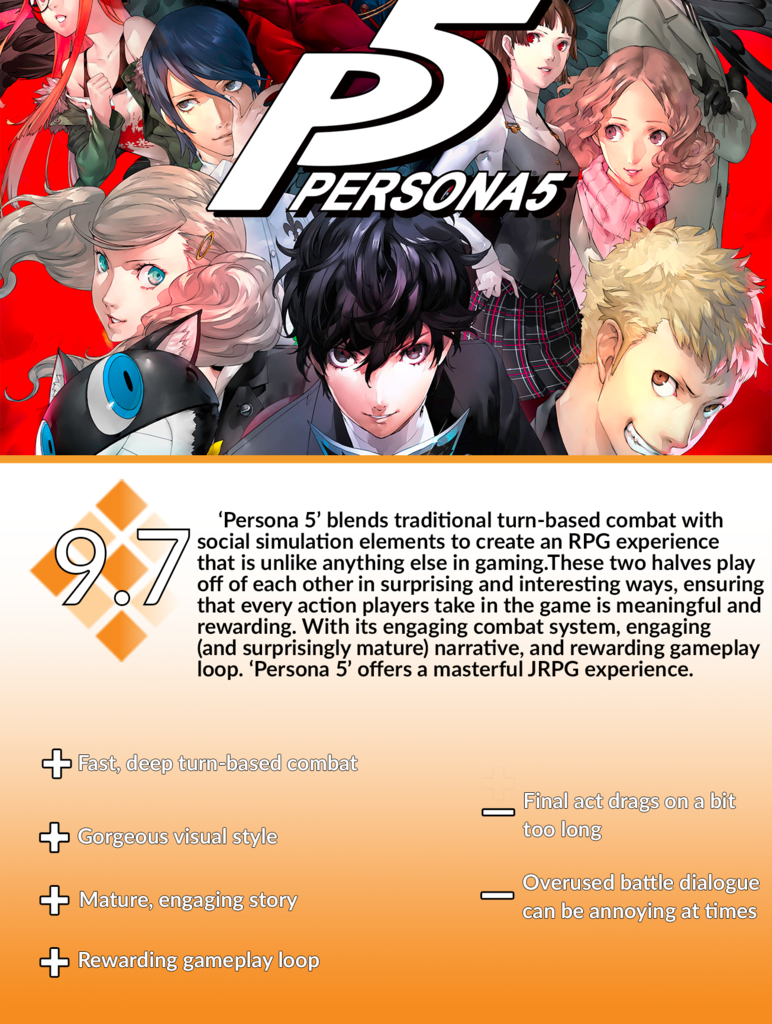
All Images From: Dual Shockers, Megami Tensei Wiki, Segment Next, Kotaku and Twinfinite
Graphics by: Daley Wilhelm
For more entertainment related content, visit us at Byte Bsu!

